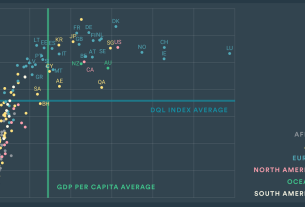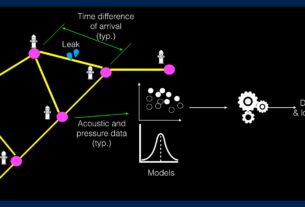Choosing a life insurance policy or retirement portfolio is a personal decision, one that can seem miles away from the impassive servers and abstract software that powers a global enterprise like Principal Financial Group.
Much of that tech infrastructure is aimed outward, supporting customer experience, or CX, which surrounds decisions about when, what, where and how a purchase takes place.
A smile and a handshake, once hallmarks of satisfaction and trust, are just part of an intricate web of interactions between a business and its customers.
“I probably spend more time with my team talking about the customer and how we think about outcomes for the customer than about the technology architecture,” Ryan Downing, VP and CIO of Enterprise Business Solutions at Principal Financial Group, said in an interview with CIO Dive.
The human element can still be important, but it’s woven together with technologies that mediate many facets of CX, from website and mobile apps to the algorithms and ML capabilities that aim to make even the most complex interactions frictionless.
“The reality is that the days of ‘we just launched a new website,’ or ‘we just launched a new mobile app’ are behind us,” said Downing, whose team is working with Principal’s customer data platforms and leveraging ML and AI applications to build more holistic and personalized customer interactions.
“We haven’t done it at scale yet,” Downing said. “But we’re working our way there and learning a lot along the way.”
Enterprise Business Solutions, a technology group Principal brought together over the last two years, focuses on two core areas of modernization, Downing said:
- The familiar CIO terrain of enterprise IT — the technological assets that enable core business functions, from corporate services and human resources, to accounting and finance.
- CX modernization, relatively new ground for the CIO.
“That comes to life through the shared capabilities that enable experience building across the organization, like our Salesforce CRM, voice of customer tools, customer data platform and design systems,” said Downing.
Most businesses place a high value on customer service and the buying experience, and many companies have turned to technology to improve CX, according to research by Gartner.
Spending on customer service tech is largely expected to increase or remain steady into 2023, despite economic uncertainty, according to a Gartner survey of more than 200 enterprise finance leaders conducted in July.
“Modernization is not the goal, it’s the vehicle,” said Downing. “Let’s leverage modern technology and migrate to the cloud to achieve specific business goals. It could be lower cost, speed to market or customer experience.”
Placing customer service on that list and in the hands of a chief technologist reflects the extent to which the role of technology and the CIO has evolved.
Change also creates new challenges. For Downing, decoupling customer technology from the backend has taken steady effort.
“Historically, in large financial service organizations, a lot of those things have all been brought together from a technology perspective,” Downing said.
Pulling them apart speeds innovation by allowing for CX deployments that don’t threaten to disrupt internal operations.
Another major change has been in the attitude toward digital transformation.
“We aren’t having cloud 101 conversations with our senior leaders anymore,” said Downing. “They get it. They understand the value. Frankly, they’re asking us how we can move faster.”



